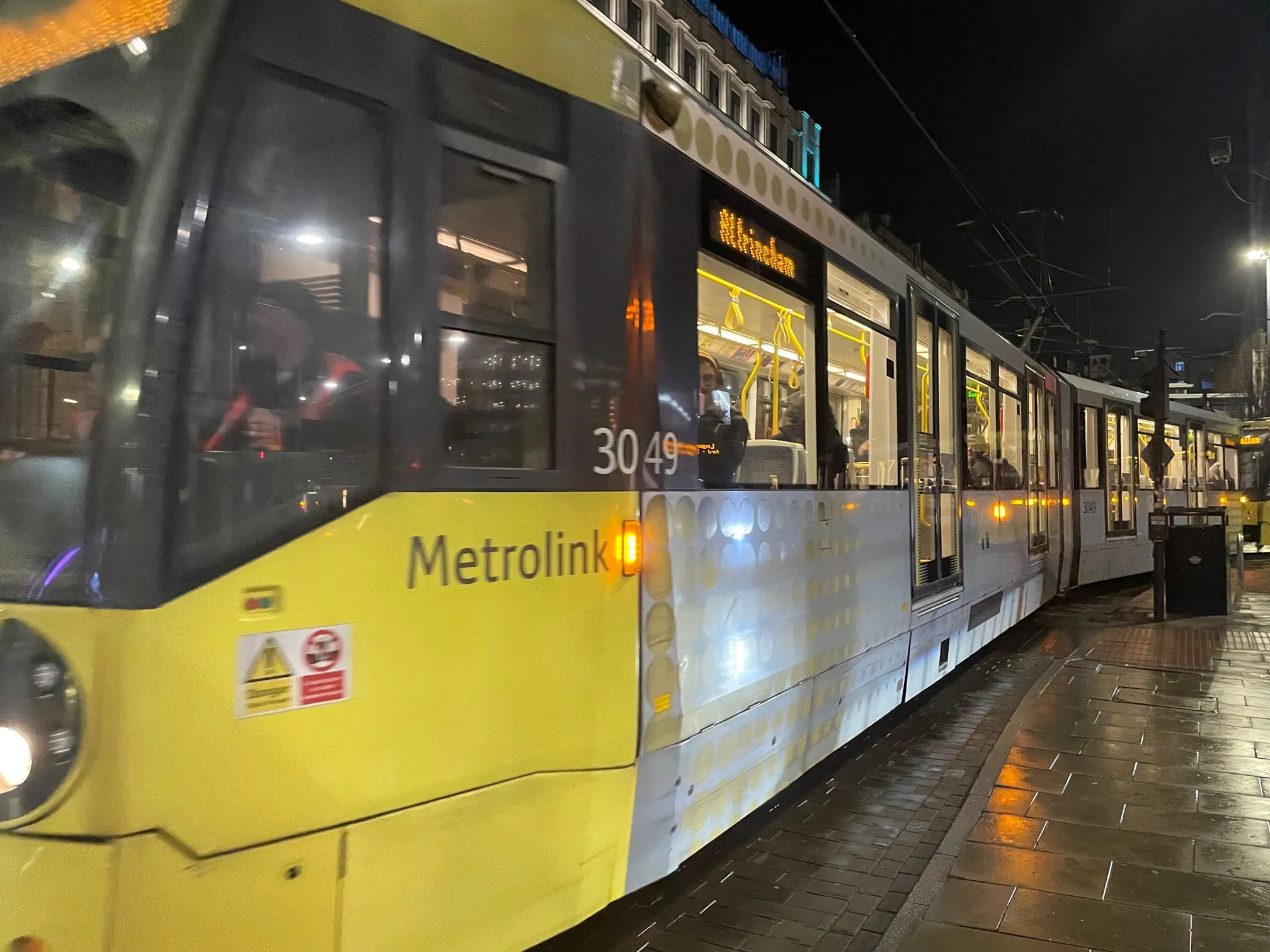More than 128,000 taps using contactless payment cards and devices have been made since Transport for London (TfL) launched the new option to pay across the London transport network on 16 September.
The first day saw contactless used at more than 600 train stations across the Tube, DLR, Overground and National Rail stations that accept Oyster.
Contactless payments have been available on the bus network since December 2012. This week has seen a further significant rise in the number of taps on buses w
September 19, 2014
Read time: 2 mins
More than 128,000 taps using contactless payment cards and devices have been made since 1466 Transport for London (TfL) launched the new option to pay across the London transport network on 16 September.
The first day saw contactless used at more than 600 train stations across the Tube, DLR, Overground and National Rail stations that accept Oyster.
Contactless payments have been available on the bus network since December 2012. This week has seen a further significant rise in the number of taps on buses with 80,000 on Tuesday and 86,000 on Wednesday - this is around 6,000 and 9,000 higher than on the same days the previous week. Contactless payments now make up three per cent of all pay as you go journeys on the network.
Shashi Verma, TfL’s director of Customer Experience, said: “It’s fantastic to see such a huge number of our customers choosing to use contactless already, providing a further convenient way to pay for their travel and highlighting the capital’s position as a world leader in transport ticketing, technology and customer service.”
The first day saw contactless used at more than 600 train stations across the Tube, DLR, Overground and National Rail stations that accept Oyster.
Contactless payments have been available on the bus network since December 2012. This week has seen a further significant rise in the number of taps on buses with 80,000 on Tuesday and 86,000 on Wednesday - this is around 6,000 and 9,000 higher than on the same days the previous week. Contactless payments now make up three per cent of all pay as you go journeys on the network.
Shashi Verma, TfL’s director of Customer Experience, said: “It’s fantastic to see such a huge number of our customers choosing to use contactless already, providing a further convenient way to pay for their travel and highlighting the capital’s position as a world leader in transport ticketing, technology and customer service.”









